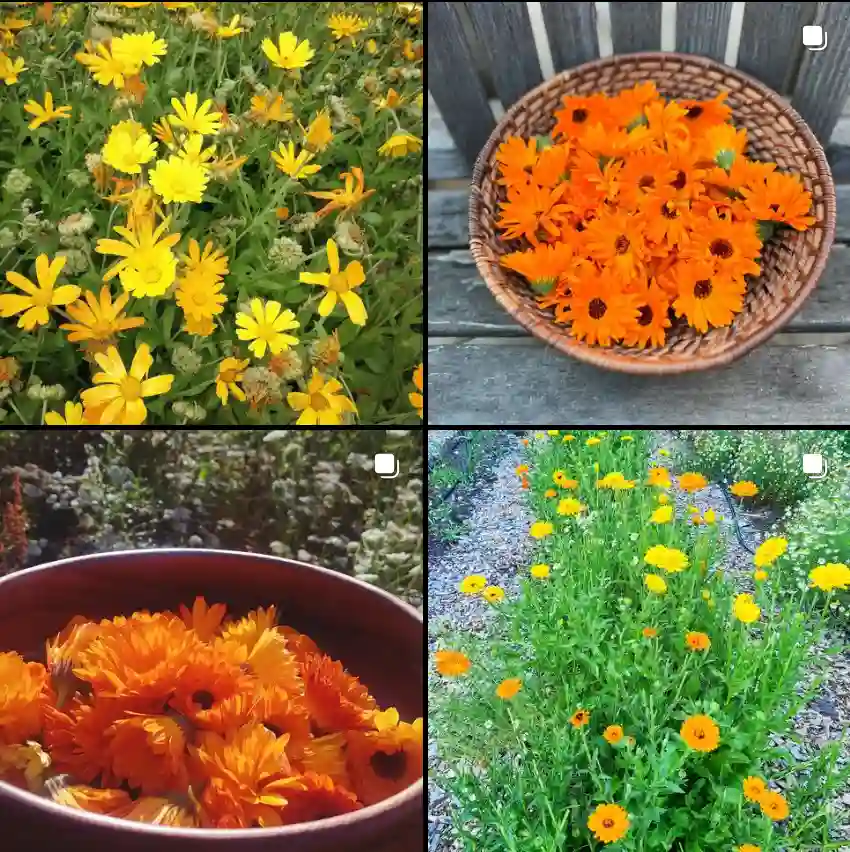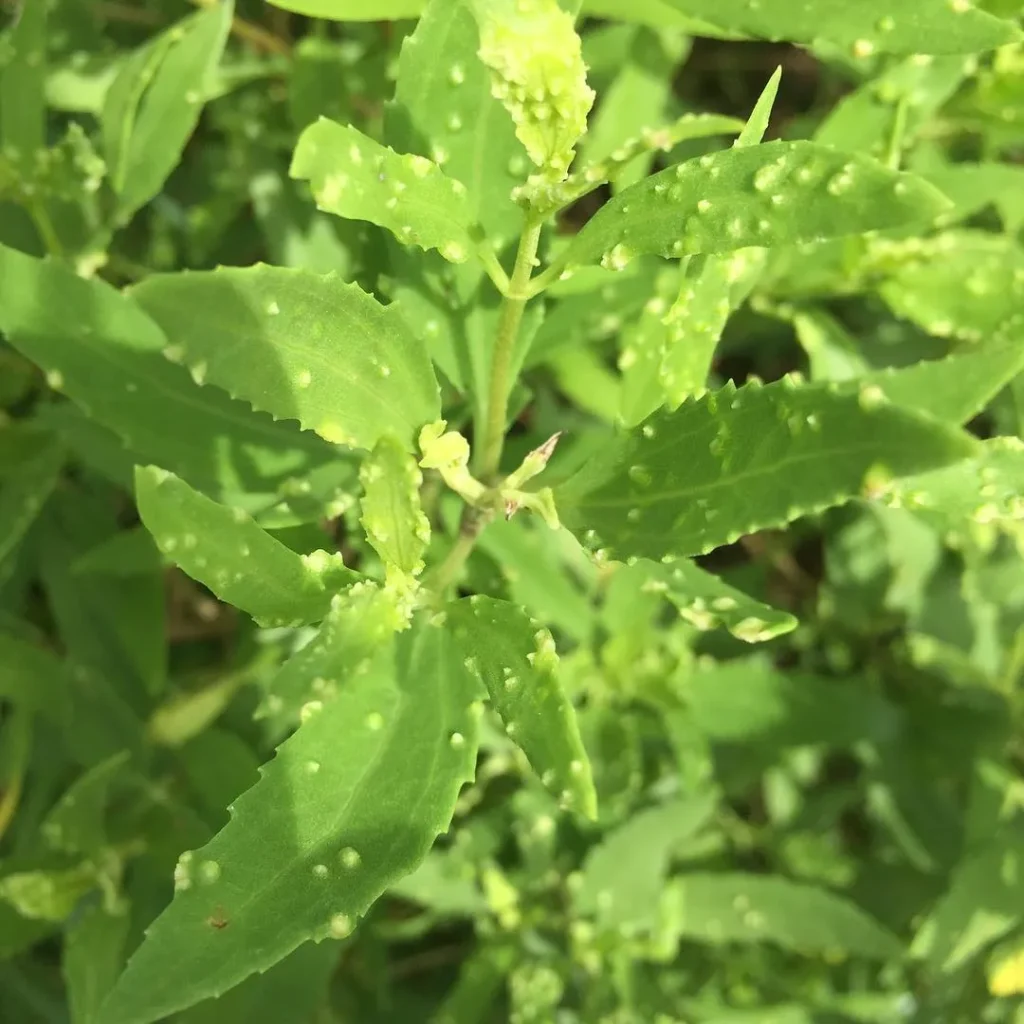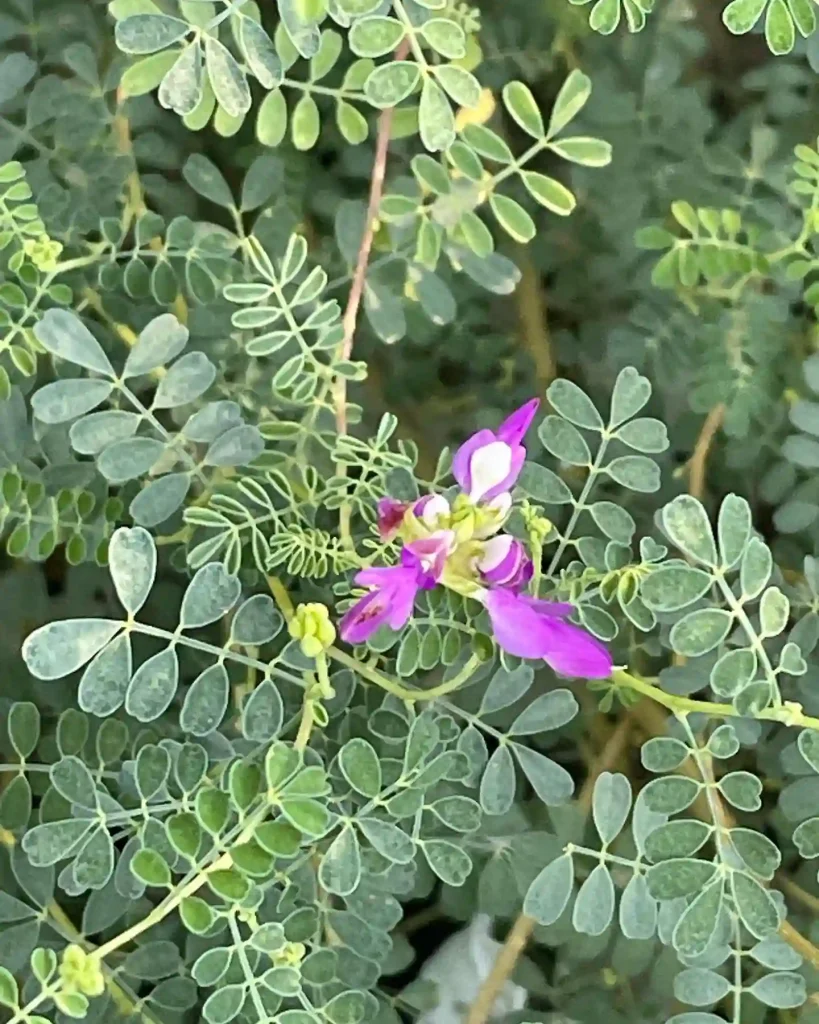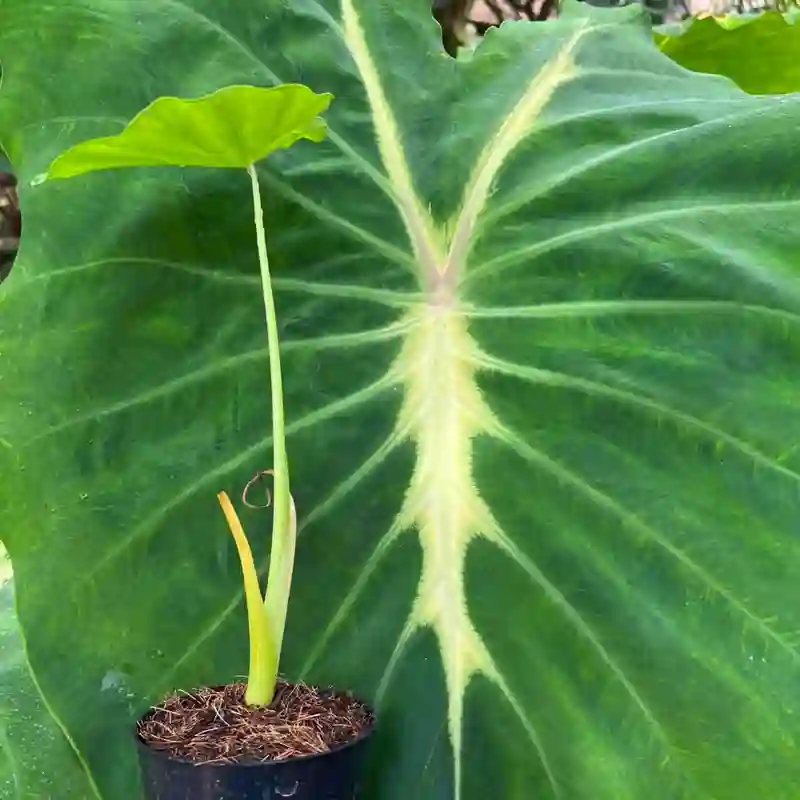Nepenthes Hamata: A Highland Carnivorous Majesty
For any carnivorous plant enthusiast, the Nepenthes Hamata is a crown jewel. This majestic species, endemic to the island of Sulawesi, Indonesia, boasts not only captivating looks but also unique ecological adaptations. Over the years, I’ve fielded many questions about this remarkable plant. Here, I’ll address some of the most common ones to help you cultivate your own Nepenthes Hamata successfully.
Plant Family: Nepenthaceae – 207 Species in Genus Nepenthes
What Makes the Nepenthes Hamata Special?
The Nepenthes Hamata stands out for its spectacular peristome. This is the elaborate, often colorful rim around the pitcher’s mouth. In the Hamata, the peristome is highly developed, featuring wickedly hooked teeth. These not only add a fierce aesthetic but also likely help guide prey (mostly insects) towards the slippery pitcher opening.
Unlike many Nepenthes that rely solely on digestive enzymes to break down prey, the Hamata has a fascinating symbiotic relationship with mites. These tiny creatures live within the pitchers, helping to break down trapped insects and facilitating nutrient absorption for the plant.
Where does the Nepenthes Hamata originate from?
As mentioned earlier, the Nepenthes Hamata is native to the highlands of Sulawesi, Indonesia. These cloud forests provide the cool temperatures and high humidity this species thrives in.
How does the Nepenthes Hamata differ from Nepenthes Lowland species?
The key difference lies in their preferred environment. Nepenthes Hamata, being a highland dweller, requires cooler temperatures (ideally daytime highs below 80°F and nighttime lows in the mid-50s) and higher humidity (70-95%) compared to lowland Nepenthes that can tolerate warmer conditions.
Can Nepenthes Hamata adapt to lower humidity?
Yes, acclimation is possible, but it’s a gradual process. The plant may experience stress and reduced pitcher production initially. Using a humidifier or placing the Nepenthes Hamata on a pebble tray filled with water can help maintain a more humid microclimate around the plant.
What are the ideal growing conditions for Nepenthes Hamata?
Nepenthes Hamata thrives in bright, indirect sunlight. Avoid harsh afternoon sun, which can scorch the leaves. Mimicking its natural habitat, aim for daytime temperatures between 67-82°F and nighttime temperatures of 49-64°F. Humidity is crucial, so maintain a range of 70-95% around the plant.
What type of soil is best for Nepens Hamata?
A well-aerated and well-draining potting mix is essential. Many growers use a combination of sphagnum moss, perlite, and orchid bark.
How often should I water my Nepenthes Hamata?
The watering frequency depends on several factors like pot size, potting mix, and climate. The general rule is to keep the potting mix consistently moist but not soggy. Nepenthes Hamata prefers water that is low in mineral content. Rainwater or distilled water is ideal.
Should I fertilize my Nepenthes Hamata?
While Nepenthes Hamata obtains some nutrients from its prey, occasional light fertilization can be beneficial. Use a specific carnivorous plant fertilizer diluted to a quarter of the recommended strength. Foliar feeding (misting the leaves with diluted fertilizer solution) is also an option.
How do I repot a Nepenthes Hamata?
Repotting is only necessary every 2-3 years or when the plant outgrows its current pot. Choose a pot with good drainage holes and use a fresh carnivorous plant potting mix.
Nepenthes Hamata: A Rewarding Challenge
Growing a Nepenthes Hamata can be a rewarding challenge. By providing the right environment, watering schedule, and occasional care, you can cultivate this captivating carnivorous plant and witness its unique beauty firsthand. Remember, patience and mimicking its natural habitat are key to success.
Where can I find more information about Nepenthes Hamata?
The International Carnivorous Plant Society (ICPS) [ICPS website] is a great resource for information on Nepenthes Hamata care and cultivation. Online forums dedicated to carnivorous plants can also be a valuable source of knowledge and connect you with other enthusiasts.
The Nepenthes Hamata is a fascinating carnivorous plant with specific needs. By understanding its unique requirements and providing the right care, you can witness this extraordinary species flourish in your collection.
If i die, water my plants!



